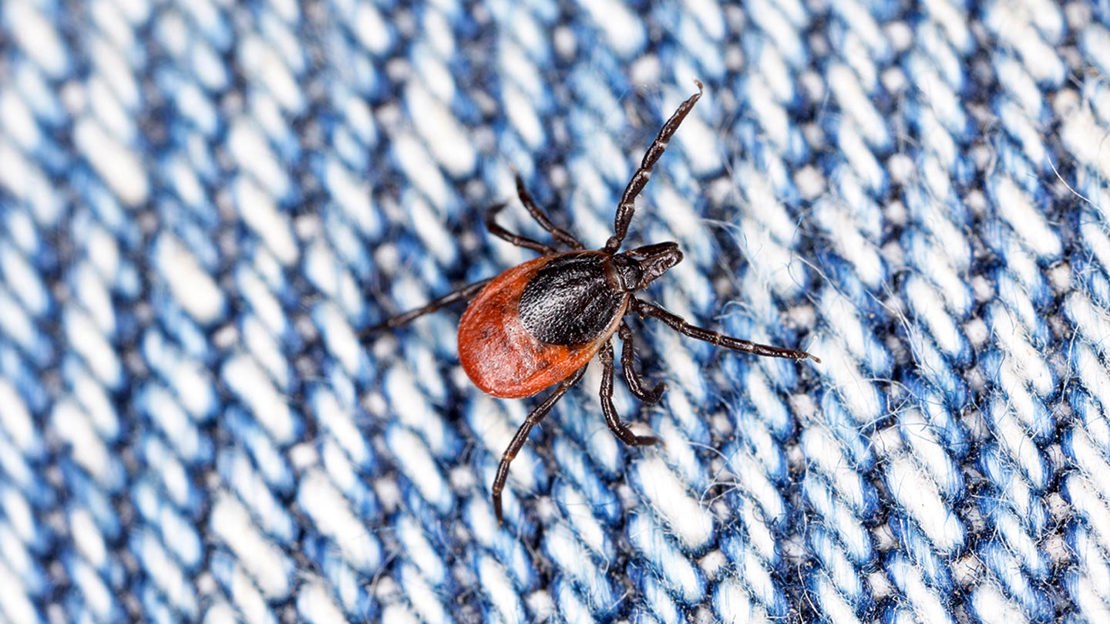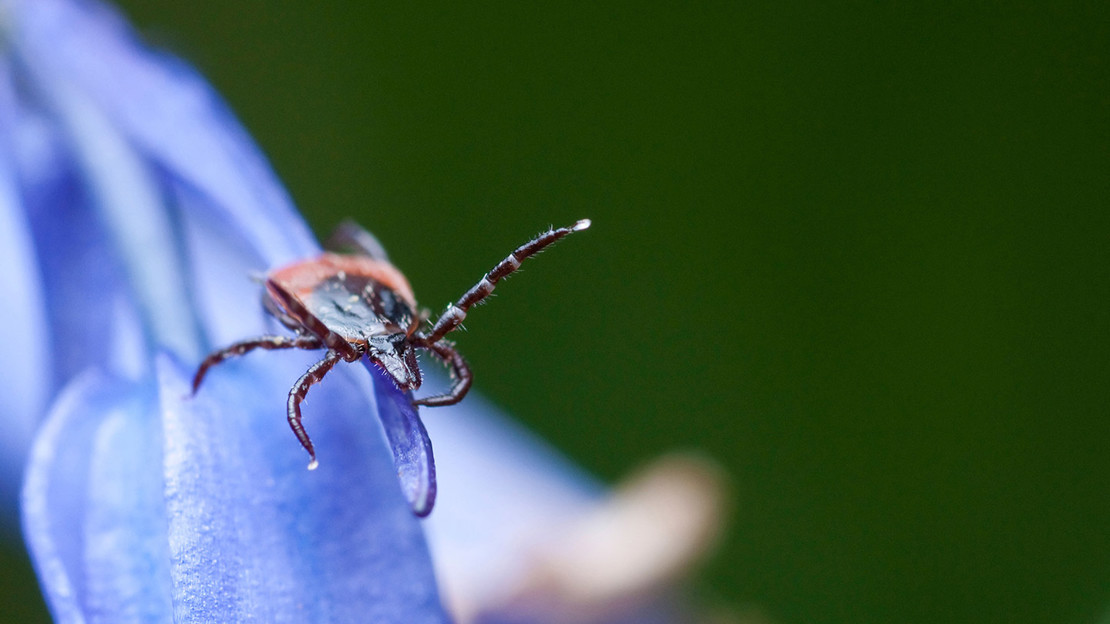Ticks: what do they look like and how to remove them

Content editor
Woods and trees are home to a wonderful array of wildlife, but ticks are one woodland resident that is best avoided. Learn more about ticks, where they are found and how you can avoid being bitten.
What is a tick?
Ticks are small arachnids, related to spiders, mites and scorpions. As parasites, they survive by attaching themselves to larger animals and feeding on their blood. Numerous species of tick are found in the UK, with some carrying harmful bacteria that can spread disease to humans.
What do ticks look like?
Ticks resemble tiny spiders and are generally reddish, dark brown or black in colour. If you are bitten, the tick will look like a small dark protrusion on your skin. The size of a tick can vary, but they are often no larger than a sesame seed (1-3mm). After feeding they can swell to the size of a coffee bean.

Where do ticks live?
Ticks live in areas of dense vegetation such as woodland, heathland and long grass. They can’t fly so attach themselves to their host as it brushes past. Ticks are found all over the UK, but some of the areas where they are particularly common include: the New Forest, Exmoor, the South Downs, Thetford Forest, the Lake District, the North Yorkshire Moors, and the Highlands and Islands of Scotland.
How to avoid ticks
There are several precautions you can take to reduce the risk of a tick bite:
- Keep to footpaths and avoid walking through dense vegetation.
- Cover your skin and tuck your trousers into your socks. Wearing light coloured clothing will make ticks easier to spot and brush off.
- Using insect repellent containing DEET can reduce the chances of getting bitten.
How to check for ticks
After spending some time outdoors be sure to check yourself thoroughly. Tick bites are not always painful and it's easy to be bitten without noticing. Ticks will often bite in warm parts of the body such as the groin, armpit, hairline and behind the knee. Be sure to check dogs too, as they can carry ticks in their fur.

How to remove ticks
If you find a tick it should be safely removed as soon as possible:
- Use fine-tipped tweezers (not the blunt tweezers you use to pluck your eyebrows) or special tick removers; both are available in most pharmacies.
- Grasp the tick as close to the skin as possible and slowly pull upwards. Avoid crushing or squeezing the tick and dispose of it once removed.
- Clean the bite with antiseptic or soap and water.
What is Lyme disease?
Most tick bites are harmless, but a small proportion of ticks carry Lyme disease so it’s important to be aware of the symptoms. Many people with early symptoms of Lyme disease develop a circular red ‘bull’s eye’ rash around the site of a tick bite. However, not everyone gets a rash and you should also watch out for a flu-like illness, with fever, headache, tiredness and general aches and pains. If you are bitten by tick and experience any of these symptoms see a GP as soon as possible. You can learn more about Lyme disease on the NHS website.

